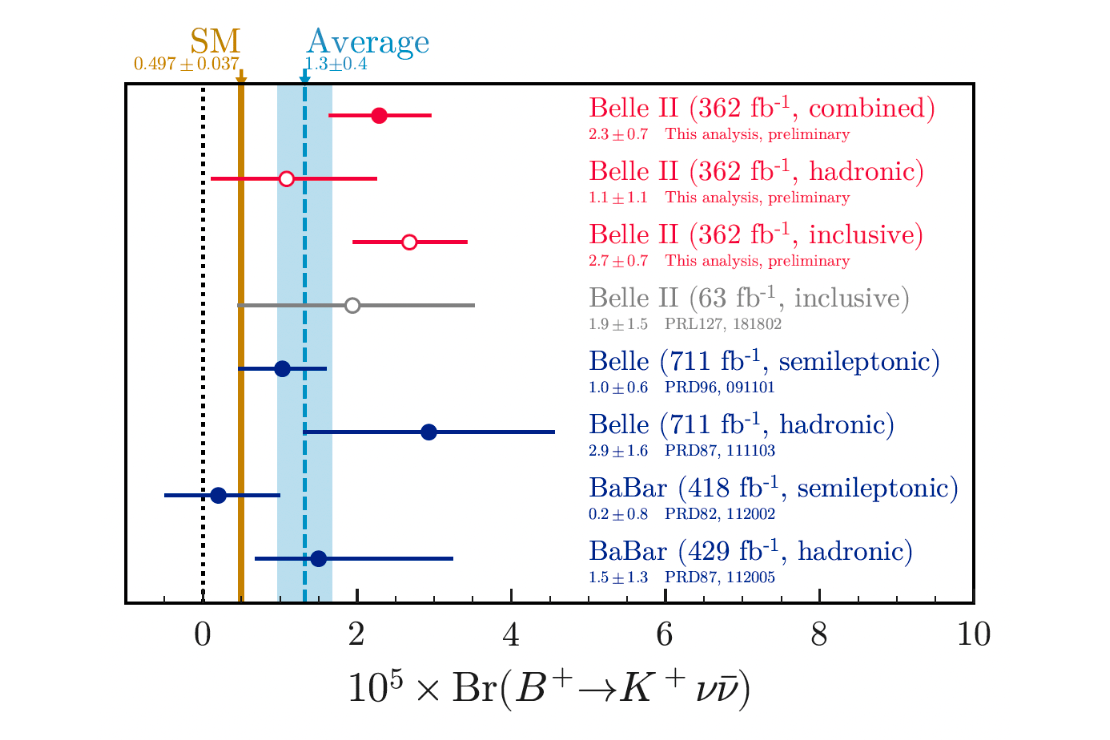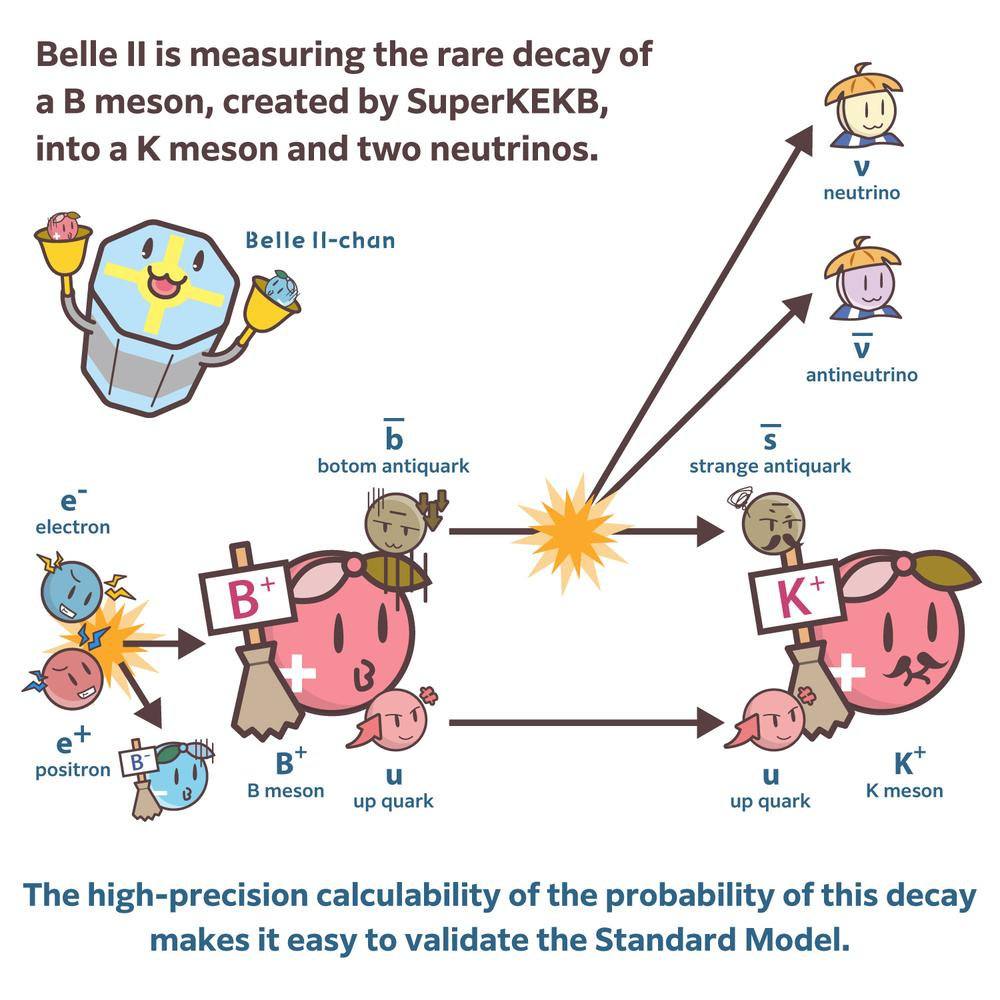Belle II measures rare decay of a B meson into a K meson and two neutrinos.
In the realm of elementary particles, advancements in technology have enabled scientists to uncover new phenomena. The Belle II particle detector, operated by an international team of physicists at the Japanese research laboratory KEK, recently made such a significant observation. For the first time, it detected a charged B meson decaying into a kaon, a neutrino, and an antineutrino. While this aligns with predictions from the Standard Model of particle physics, the observed frequency of these decays is higher than expected, prompting curiosity among researchers.
Detecting such decays is challenging due to the elusive nature of neutrinos. They interact minimally, leaving no discernible traces in collision events. Researchers had to carefully sift through collision outcomes to identify tiny bits of missing energy. The rarity of these decays further complicated the process.
To achieve this observation, researchers, including Sally Stefkova from ETP, purified the decay process to minimize background interference. They harnessed the accelerator's ability to produce B mesons in pairs, leveraging the second B meson to understand the first's decay properties. Advanced techniques, including improved hadronic tagging and machine learning, aided in isolating relevant data from the background noise.
Despite the intriguing findings, researchers refrain from claiming a definitive discovery. Various theoretical speculations, including connections to dark matter or leptoquarks, have surfaced. However, more data collection is needed to draw concrete conclusions.
The results have been submitted to “Physics Review D” and are also available as preprint on arxiv: “Evidence for B-> Knunubar Decays”
Contact: Prof. Torben Ferber



